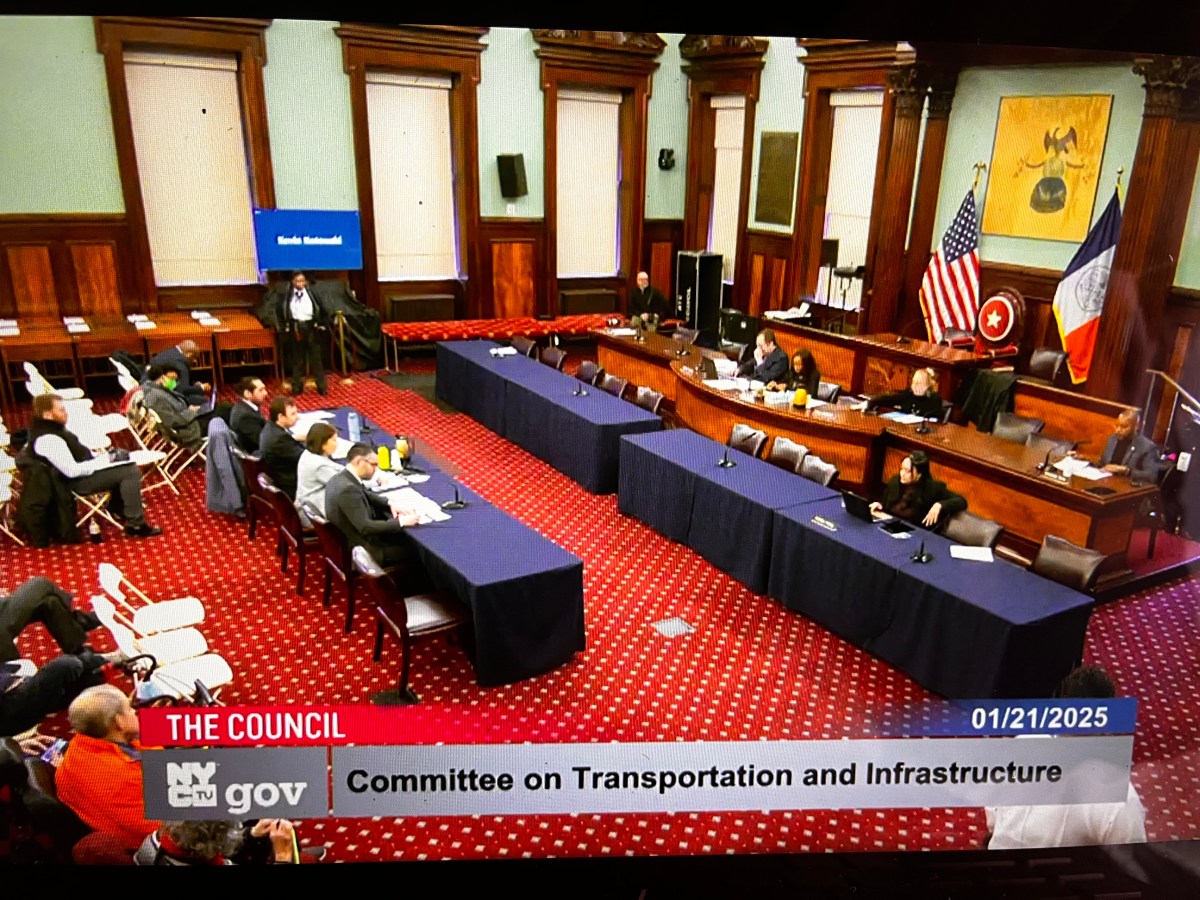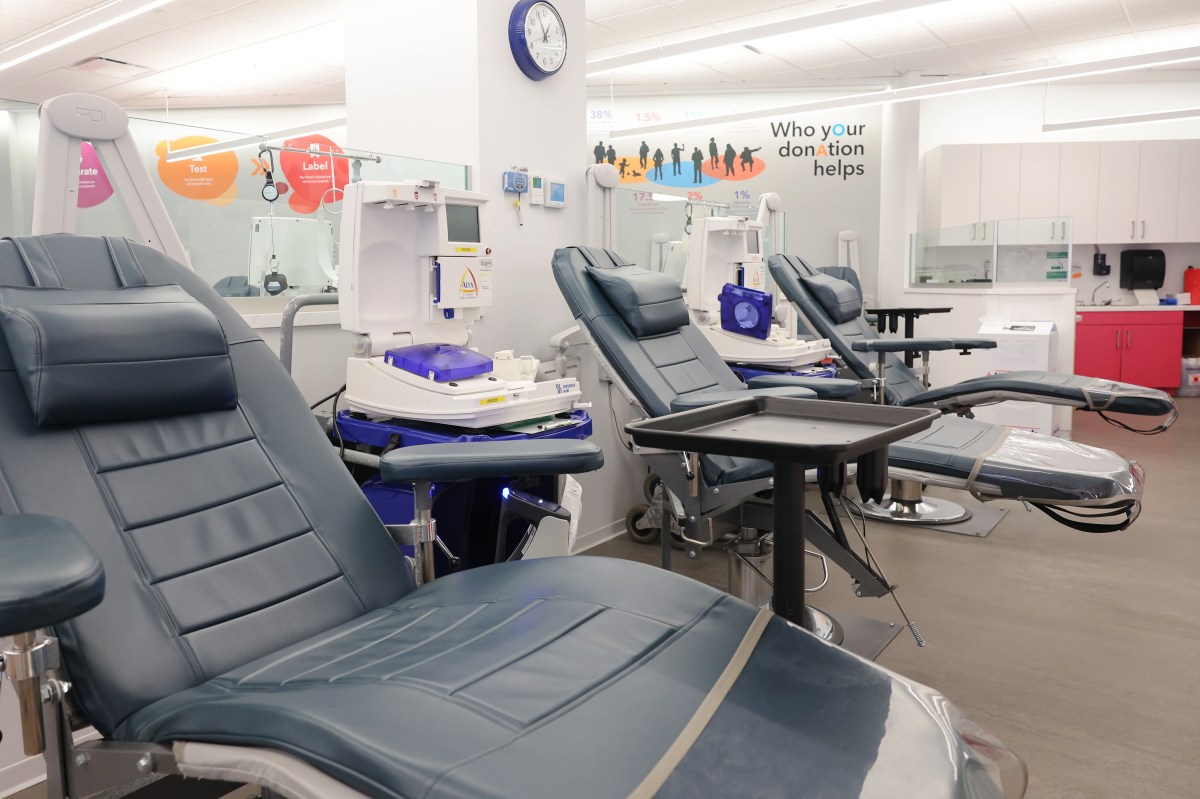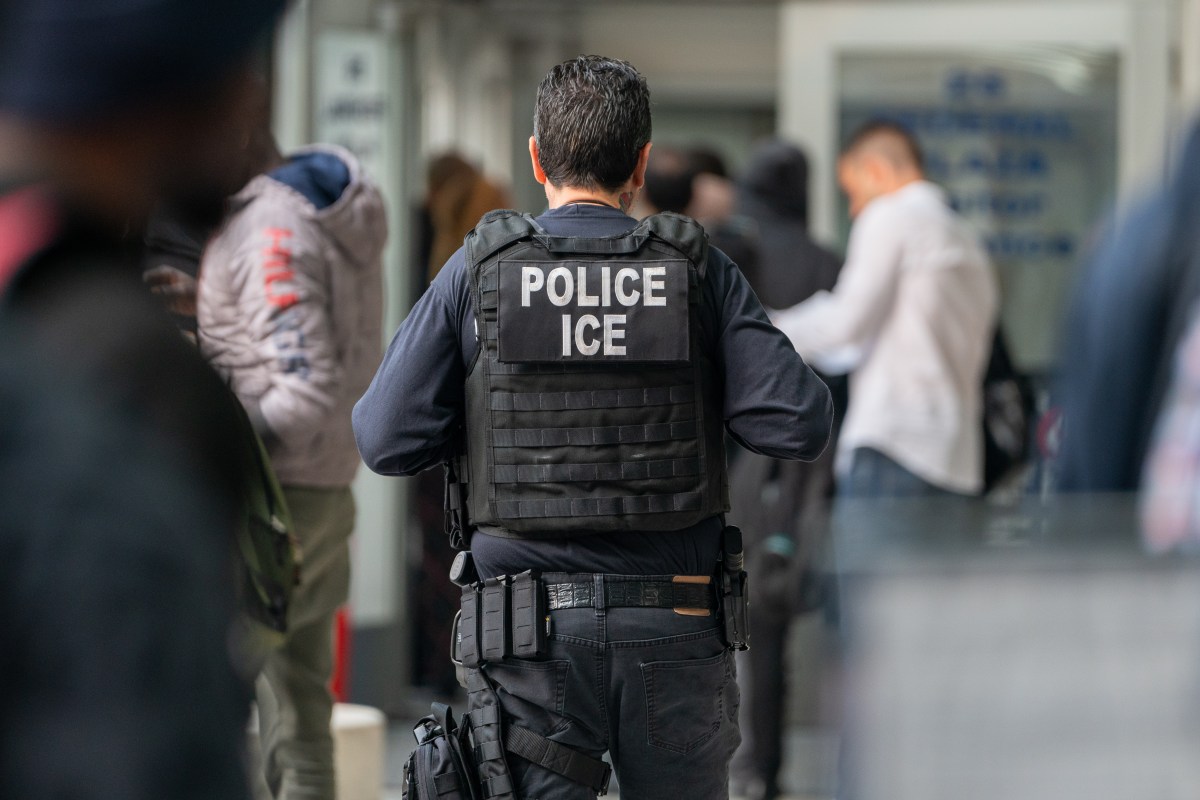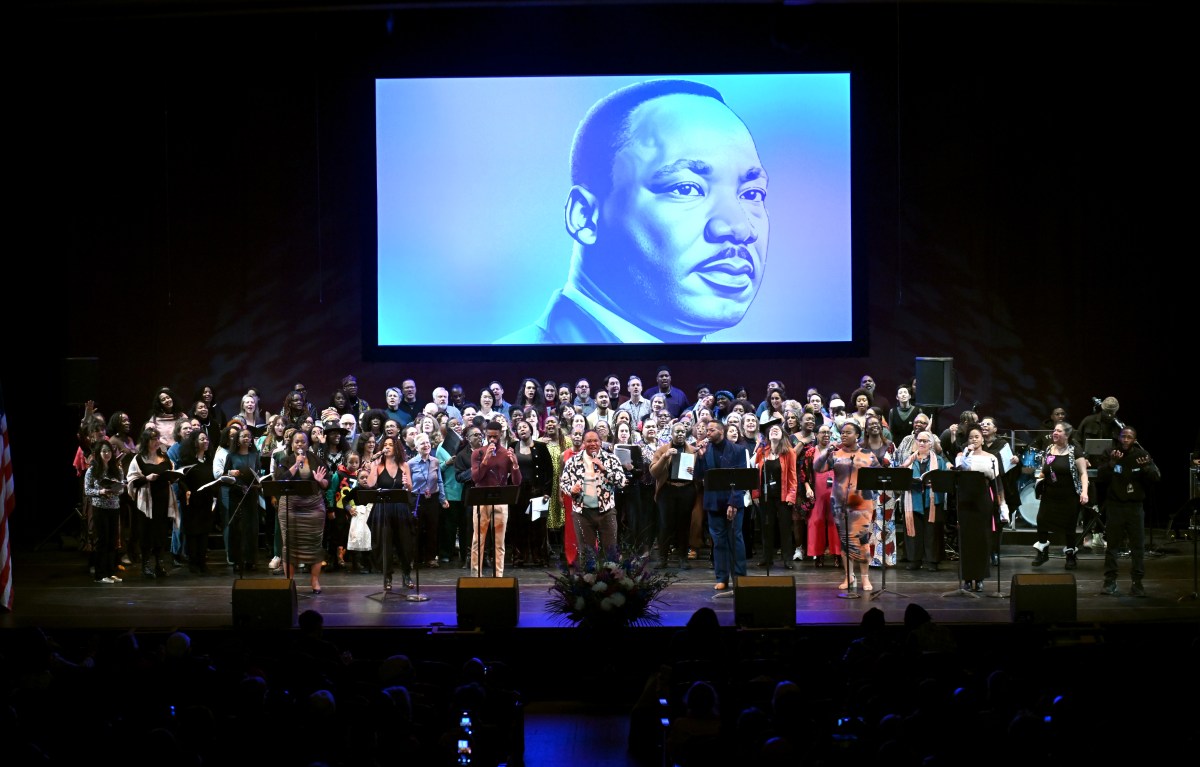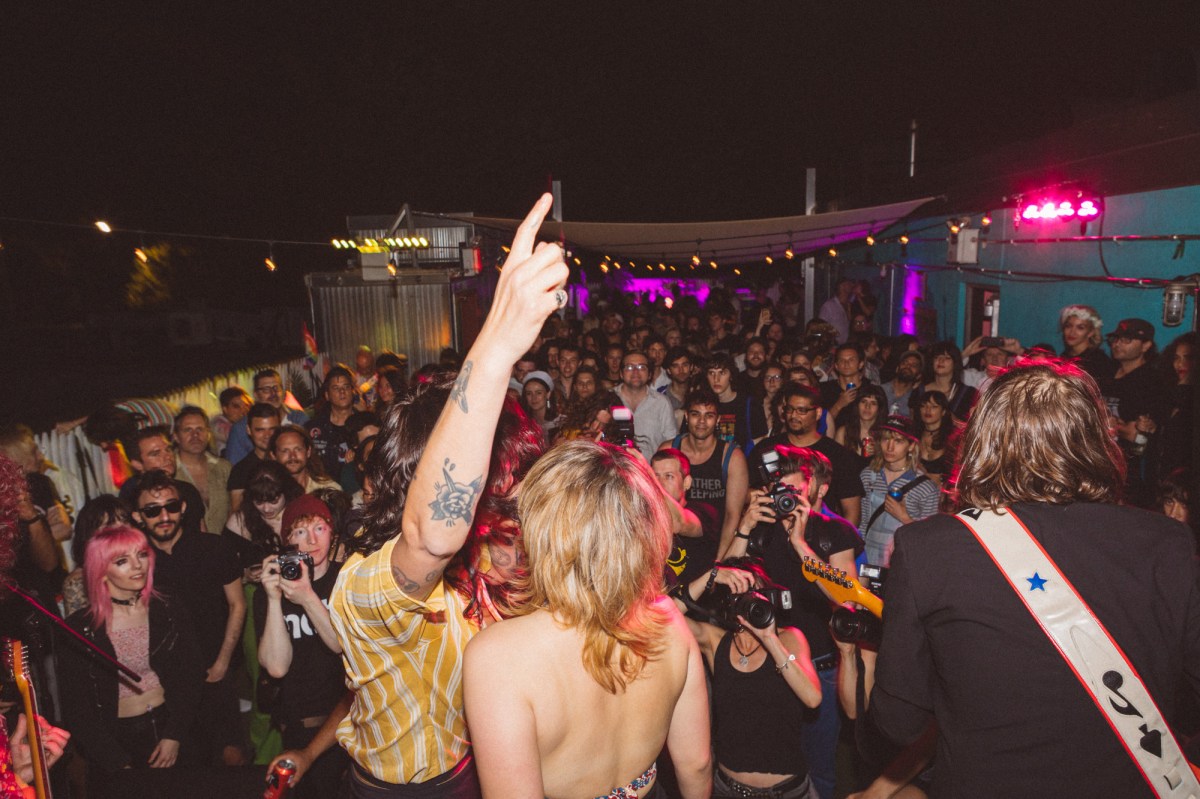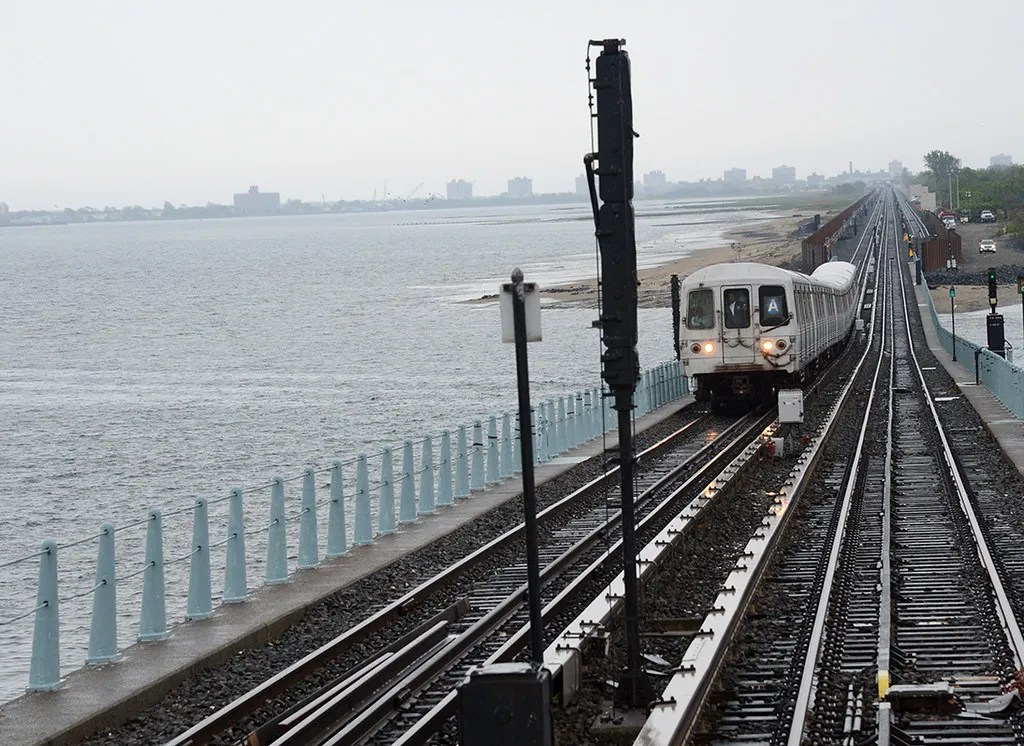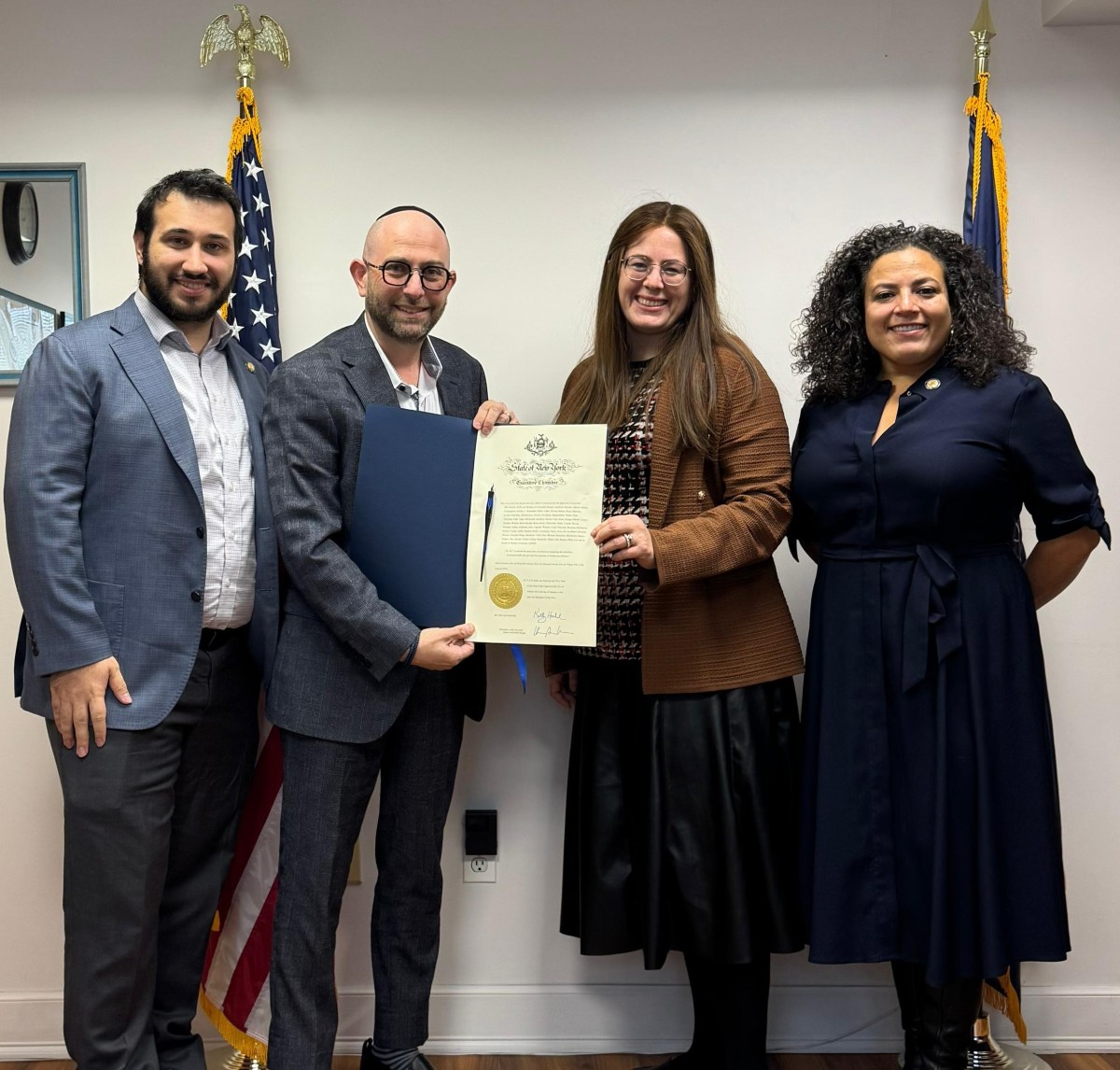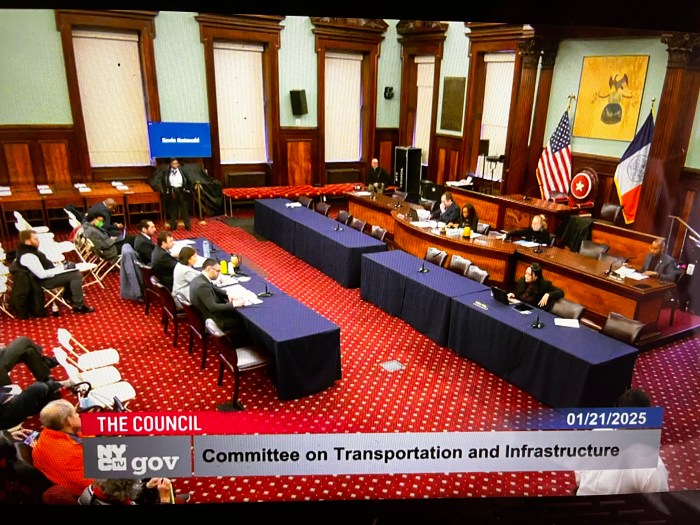amNewYork Metro, in conjunction with the MTA, present “Ask the MTA,” a column where MTA officials answer your questions about transit service in New York City. If you have a question for the MTA about subways, buses, commuter rails and more, email askthemta[@]amny.com.
Q: Any extra subway service expected for fans attending the Mets home opener at Citi Field on March 28? Tony S., Greenpoint
A: Taking the train is the best way to get to Citi Field all season long, and there will be robust service in place for Opening Day. Since it’s an afternoon game, trains are already scheduled to operate every 2-4 minutes around the time it’s over, making all local stops.
Following evening home games, New York City Transit runs additional subway service to accommodate fans on the 7 line from Mets-Willets Point to Manhattan. These trains operate on a load-and-go basis starting at the end of the game and run non-stop to 74 St-Broadway, making all local stops thereafter.
– Allyson Bechtel, Director of Operations Analysis, Rail Planning, New York City Transit
Q: What’s the history behind naming stations after multiple streets — like 174-175 Sts on the (B)(D) and 182-183 Sts and 47-50 St-Rockefeller Center? Ely W., Fordham Heights
A: The commonality of all three of these stations is that they were built by the Independent Subway System (IND) and opened between 1933 and 1940. When the IND planned out its stations, designers wanted to “fix” what they felt earlier subway operators had gotten wrong about notifying ridership – even in subtle ways – about their orientation within the city and the subway system.
IND also built on a larger scale than the Interborough Rapid Transit Company (IRT) and Brooklyn-Manhattan Transit Corporation (BMT), and nearly every station had at least two entrances. This was because IND planners had the luxury of seeing the profound impact the subway already had on New York, so they tried to accommodate for future growth.
The stations were typically named for the predominant or “major” street the station served, such as Fordham Road. For 174-175 Sts and 182-183 Sts, both ends of the station serve similarly important streets, so it seems the IND decided to include both names. The 47-50 Sts-Rockefeller Center Station was one of the busiest in the IND system (and still is today), and the name indicated the entrances from 47th Street all the way up to 50th Street.
There are a few more stations naming the entrances at both ends, all also built by the IND: Bedford-Nostrand Avs and Clinton-Washington Avs stations on the G and Clinton-Washington Avs and Kingston-Throop Avs on the C.
It’s part of what makes the transit system so endlessly fascinating; no matter how far we progress, there’s something in it to remind us of the moment in time it was constructed.
– Jodi Shapiro, Curator, New York Transit Museum
Q: I’m a frequent rider of the (S) Shuttle train and love how all the cars are wrapped with different ads. I was curious about which NYC Transit Department is responsible for wrapping trains, and whether this program will expand to other lines? Damony J., Lower East Side
A: We can wrap the exterior of trains on any line, but only the Shuttle can be wrapped inside (since it doesn’t have seats) and outside. It all depends on what the advertiser wants to do. Outfront Media, the MTA’s advertising licensee, manages all advertising and train wraps in the transit system. They generally run for four weeks.
– Lucy Zachman, Senior Vice President, MTA Advertising and Promotions
Read more: Governor Hochul delays Manhattan congestion pricing plan.















